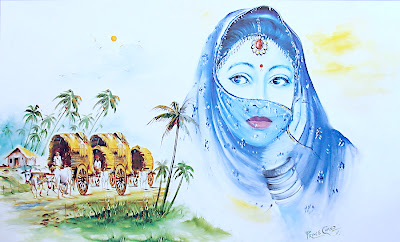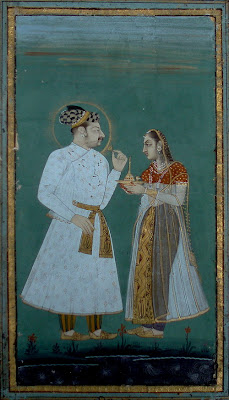


The history of Western pain ting represents a continuous, though disrupted, tradition from Antiq
ting represents a continuous, though disrupted, tradition from Antiq uity.[1] Until the early 20th century it relied primarily on representational and Classical motifs, after which time more purely abstract and conceptual modes gained favor.
uity.[1] Until the early 20th century it relied primarily on representational and Classical motifs, after which time more purely abstract and conceptual modes gained favor.













































